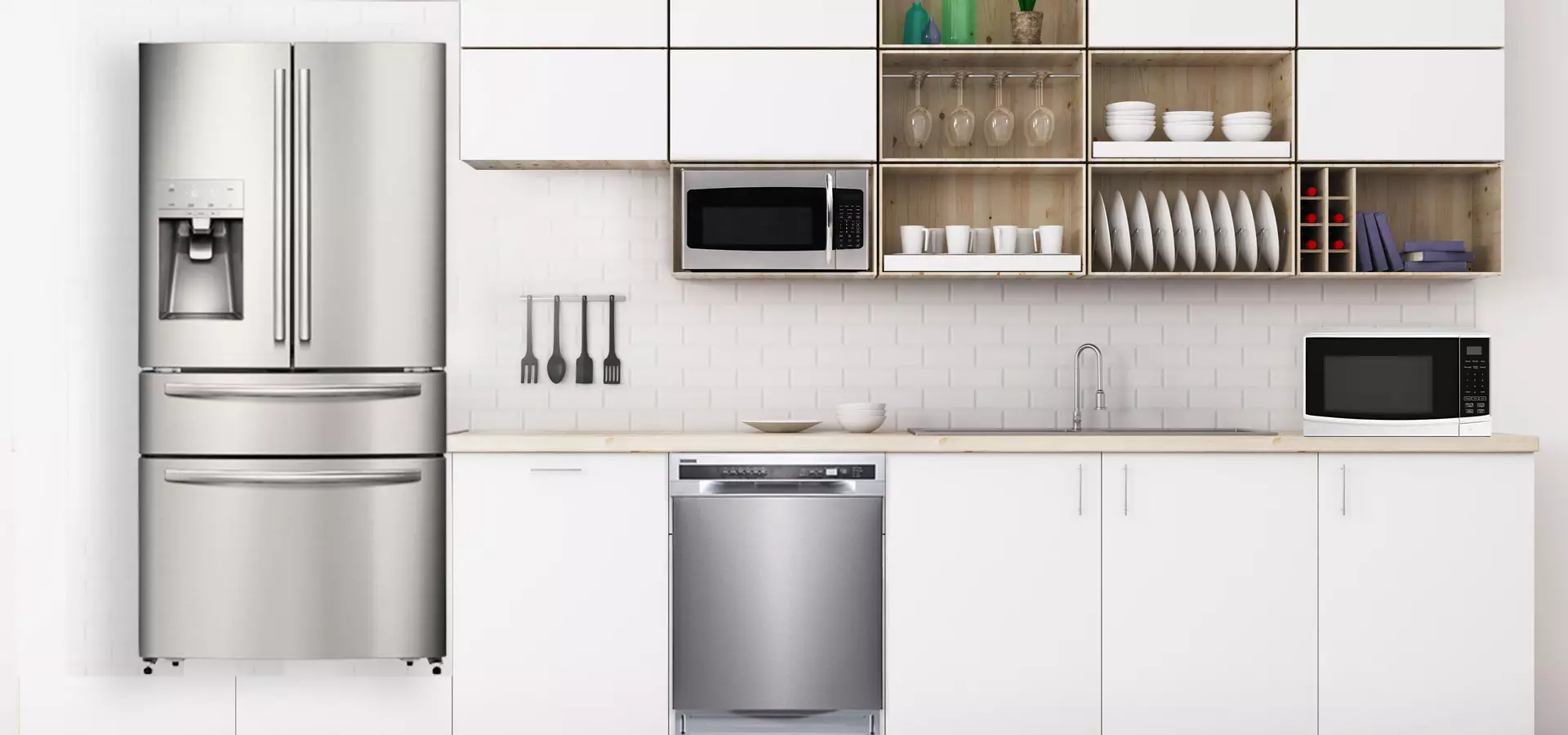Refrigerators are widely used across households and commercial places to provide convenient and safe means of food preservation.
They are available in different types. And different markets on the basis of geographic segmentations have various preferences for different models.
Looking at the global market by region, each market has different growth drivers as well as different preferences for different types of refrigerators.

The Asia Pacific
The Asia Pacific is expected to dominate the market owing to the presence of a large population and households. In the Asia Pacific region, the market offers great potential for brands targeting the mid-end or premium markets.
The top freezer is popular in Asian countries. Generally speaking, the top freezer segment is likely to dominate the market owing to its feature of having a combined freezer and shelf size in a single unit that avoids the necessity to buy a separate chest freezer or to find separate space for food storage. Moreover, such type of products provides more usable storage space than the other types of units. Pricewise, a top freezer is relatively cheaper than most other types of refrigerators.
In recent years, the rising purchasing power among consumers there has boosted sales of home appliances with premium features, such as side-by-side or French door refrigerators. The side-by-side category is set to exhibit the fastest growth in the forecast period as people can easily and quickly locate the required food product in these refrigerators because of their open side shelf sections and also, they provide more shelf space for consumer usage.

Europe
Europe is projected to grow at a faster rate because of the introduction of technologically advanced refrigeration products by prominent companies in the region.
The average European refrigerator is the size of a beverage fridge you’d find in a U.S. dorm. Although smaller fridges mean using less energy and paying less for utilities, culture plays a big role. Europeans tend to live in compact cities and towns where specialty food shops are present in every neighborhood. The traditional practice has been to shop a little every day. In Europe, people tend to pass by their local food shops for fruit and vegetables, cheese, butter, bread, etc., on their way home from work or at a friend’s house. Food is available when needed, so why bother filling your fridge to the brink?
North America
North America is expected to hold a considerable share of the market because of the higher disposable income of the population in countries such as the United States and Canada. Moreover, factors such as a large urban population base and increasing nuclear families would result in the larger adoption of smart electrical appliances in the region. When it comes to preference, Americans have the biggest refrigerators in the world — 17.5 cubic feet of volume on average. The size of Americans’ refrigerators is followed closely by Canadians while the rest of the world lags far behind. Even though those big refrigerators cost more electricity, the enormous popularity of refrigerators in the United States indicates the convenience that comes with a stock of huge machines is difficult to be parted with. Most people would agree that fresh food tastes better than anything that’s been kept in a refrigerator for even a short amount of time. But the reason why Americans want a week’s worth of perishable food stored in their kitchen at one time is that Americans are slaves to convenience. Larger refrigerators do limit the number of shopping trips we have to take, and they also make it possible to consume a much greater variety of foods than ever did without them in our kitchens.

Latin America
Brazil and Argentina represent those countries where the middle-class population is growing, along with the increasing interest in energy-efficient home appliances, which would create demand for energy-efficient refrigeration products in the region. It explains why top freezer refrigerators are welcome here. This model is commonly more energy-efficient than others. The reason is that the top-mounted compressor is further away from the refrigeration compartment, so your appliance doesn’t have to work harder to keep the contents inside cool. The compressor is much closer on a bottom freezer unit, so it can be harder to keep heat out.
As reported by the U.S. Department of Energy, top freezers use about 10 to 25 percent less energy than bottom freezers, which helps reduce your energy bill, electricity consumption, and carbon footprint.
The Middle East and African market
The Middle East and African market are driven by the smaller manufacturing base of home appliances brands. Moreover, a stiff increase in the spending power of the population for home appliance products is set to create demand for refrigerators in these regions.
Different markets have their preferences. There isn’t necessarily a definitive answer, but rather, it truly depends on the various factors. Household appliance store owners need to do a market analysis on what kind of products cater to customers in your end as well as how to plan and implement their marketing activities.





